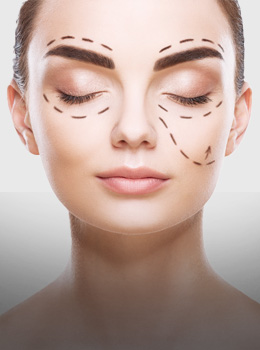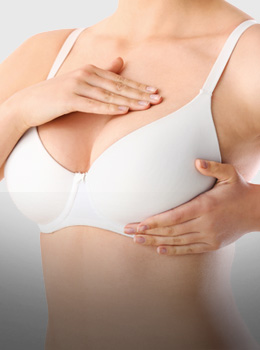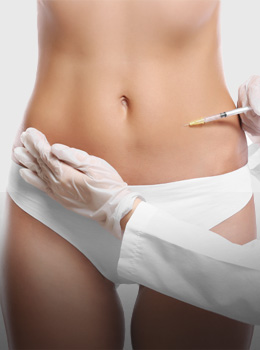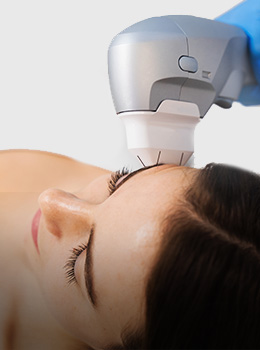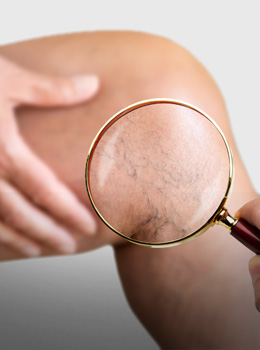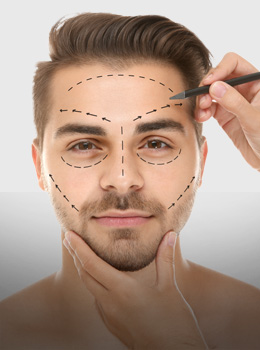Botox: How does it work and how long do its effects last?
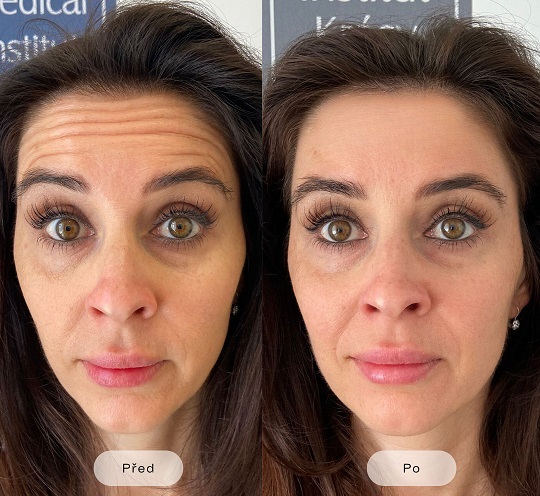
Botox (more correctly, injection of botulinum toxin) - is for some a magical elixir of youth, for others a synonym of artificial beauty. It has become synonymous with fast and effective wrinkle smoothing. It is surrounded by an aura of controversy and hope. But how does this fascinating substance, which is paradoxically the most powerful known poison in the world, work in the hands of aesthetic doctors? The answer lies in neurology and muscle relaxation.
What actually happens under the skin when you get Botox? And how long do its effects last?
What is Botox and how does it actually work?
Botox is the trade name for botulinum toxin type A - a purified protein that is extracted from a bacterium Clostridium botulinumthat produces the neurotoxin botulinum toxin. It causes muscle paralysis known as botulism. It may sound scary, but in micro-doses it's a completely safe substance with a precisely targeted effect.
The principle is simple:
Botox temporarily blocks the transmission of nerve impulses to the muscleswhich prevents their contraction. And because wrinkles are formed precisely by repeated contraction of muscles - for example, when frowning or laughing - their activity is "calmed" after Botox application.
The result is smoother, younger and more rested appearance - without loss of natural expression if the procedure is performed by a professional.
here comes the photo (translated): https://depositphotos.com/vectors/botox.html?qview=263062740
Where is Botox most commonly used?
Botox has become a standard method in aesthetic dermatology because it works fast, effective and without recovery. The most common areas of application are:
- Horizontal wrinkles on the forehead - called "surprise facial wrinkles".
- Wrinkle between the eyebrows (glabella) - known as a "frown."
- Fans around the eyes - laugh lines that deepen with age.
- Nasolabial area - the area of the face between the wings of the nose and the corners of the mouth and the chin - for gentle contour smoothing.
- Gummy smile correction (excessive exposure of the gums when smiling).
- Marionettes - wrinkles from the corner of your mouth to your chin.
However, Botox is not limited to aesthetics - it is also used in medicine, for example, in treatment of migraines, excessive sweating (hyperhidrosis) or muscle spasms.
How long does it take for Botox to take effect?
The effect of Botox is does not manifest itself immediately. The first changes are usually noticeable after 3-5 days, the full effect usually develops after 10 to 14 days.
After a few days, the muscles relax, the skin smooths out and the facial expression looks more natural - without tension or a "frozen" expression, if the application is done correctly.
How long does Botox last?
The duration of the effect depends on several factors - from individual metabolism to lifestyle. In general:
The result of Botox lasts 3 to 6 months.
After this time, the nerve connections are restored and the muscles start working again. Many people opt for regular application of approximately 2-3 times a yearto maintain a smooth and youthful appearance without interrupting the effect.
It's interesting that with repeated application, the effect is often prolonged - the muscles get "used" to excessive activity, so lower doses and longer intervals between treatments are sufficient.
What affects the duration of the effect of Botox?
Botox doesn't last the same for everyone. The durability of the effect can affect:
- Metabolism - faster metabolism = faster breakdown of the substance.
- Rate of mimicry - frequent facial expressions can shorten the effect.
- Lifestyle - smoking, stress or excessive sun exposure reduce the effect.
- Even the experience of the applicator - Correct dosage and technique are key to natural and long-lasting results.
Frequently asked questions
Botox injections hurt?
No, it's a pretty quick procedure with a very thin needle. Most people only feel a slight prick.
Will I be "stiff" after Botox?
Not if the treatment is carried out by an experienced specialist. The goal is not to lose the mimicry, but to soften its exaggerated manifestations.
What happens when Botox wears off?
Wrinkles will gradually return to their original state - but they won't be worse than before.
Bottom line: Botox as a smart break for your wrinkles
The first aesthetic application of Botox took place in the 1980s and since then it has become one of the the safest and most clinically studied procedures in the world. Today, every year over 10 million apps all over the world.
Botox is no magic wand, but a scientifically proven tool to give your skin time to regenerate.
It relaxes overstretched facial muscles, smoothes the skin and prevents wrinkles from deepening.
Properly applied Botox means a natural, youthful and rested look - without exaggeration, without a scalpel.
